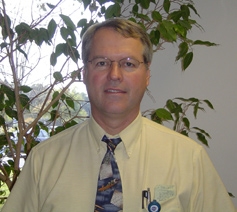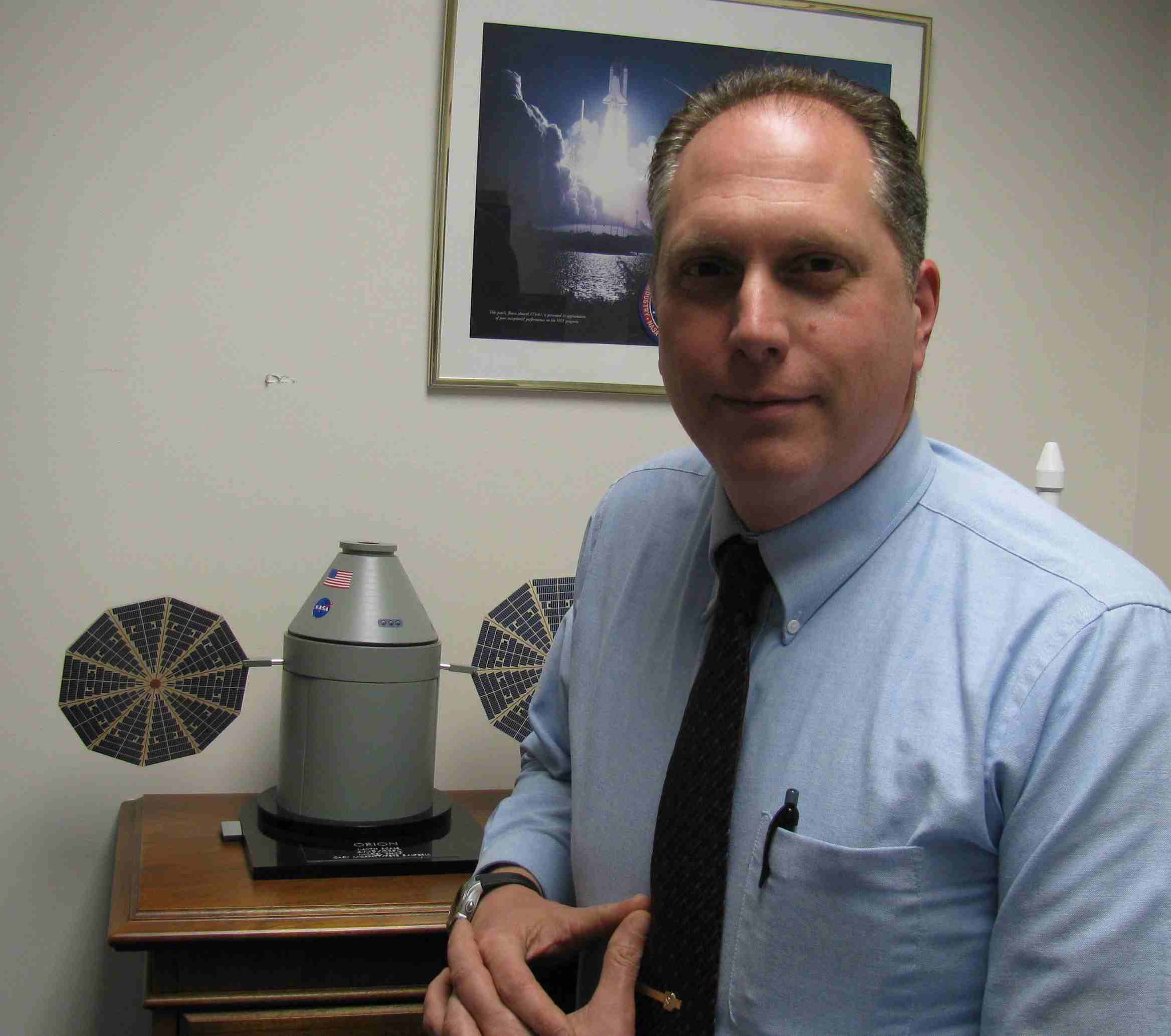Abstract:
Unpressurized Cargo (UPC) Exploration Carriers for Science Payloads
Building on the strong legacy of utilizing manned spaceflight assets with science from Apollo (SIM Bay) and the Space Shuttle (Shuttle Hitchhiker missions) the Constellation infrastructure is being designed with accommodations for small science payloads. These payloads are the Small Explorer (SMEX), University Explorer (UNEX) and smaller size. The accommodations on Orion, Ares V and Altar are referred to as Unpressurized Cargo (UPC) . The GSFC UPC study team developed mission concepts for Orion UPC Exploration Carriers, the Ejected Sub-Satellite (ESS) and attached payload. The ESS consists of a small sub-satellite that is deployed (ejected) from the SM into ISS LEO orbit (~400km@51.6° ) and is then completely independent of Orion. The UPC ESS orbit and mission life can be tailored, depending on payload mass and science objectives. The GSFC mission design team conducted a point design for different space science applications. A Lunar mission is possible with the ESS using electric propulsion to loft a 50kg instrument package. For LEO-type orbits chemical propulsion was selected, as it offers better performance within mission parameters. This allows a payload mass of approximately 100 kg in ISS inclination and altitude with an estimated mission life of 5 years maximum. A third option is to remain attached to the Orion service module for a 6 month mission for science or technology development. The advantage of the fixed mode is the cost of flight since a spacecraft is not required. The UPC capability is needed to address low cost access to space, gap filler missions, technology demonstration, and risk mitigation. The conclusion of this study is that a feasible UPC Explorations Carrier platform for science and exploration payloads to ride-share within the Orion’s SM can be achieved within the prescribed Constellation Architecture Program requirements and constraints at an acceptable level of technical, cost and schedule risk. The class of UPC science instruments that can be accommodated are envisioned to be similar to NASA's Small Explorer (SMEX) Program.
Biographies:
 Bruce Milam
Bruce Milam
While a youngster in Summersville WV Bruce had dreams of building spacecraft and airplanes at an early age. Bruce started taking flying lessons at age 13, spending his resources from mowing lawns and odd jobs at the airport. He soloed at age 16, earned his Private Pilots License at 17 and bought a plane at 18. The plane was used to tow banners over Daytona Beach and the Speedway while he attended Embry Riddle Aeronautical University. He learned his business and mechanical skills from the University of Hard Knocks and made a profit when his counterparts were going out of business due to high fuel prices in the late 70s. Due to strikes in the coal fields that affected family income he completed school at West Virginia University with a BS. in Aerospace Engineering (1984). Later He earned a Masters Degree in Organization Development from American University (1997).
Bruce started working at GSFC in 1984 in the Electromechanical Branch as a junior engineer on the mirror transport mechanism on COBE. He is GSFC’s only winner of the Herzel Award for the best paper at the Aerospace Mechanism Symposium. Later he was a Mechanism Manager in the Satellite Servicing Project. The SSP work led to his role as ORU Carrier Manager on the HST First Servicing Mission. He then went to work as the Med-Lite Launch Services Manager to provide the right sized affordable Launch Vehicles for midsized science payloads. He has worked as a Program Integration Manager in code 100 and a Project Development Manager in Code 600 where he came into Exploration on the ground floor assisting with the digitization of Apollo data. He was a co investigator on a LSSO project with Pat Taylor and Paul Lowman. His Current role is to manage the office that integrates attached payloads on the space Shuttle replacement Orion. This is a great job since it uses his past experience with STS processes and connections to the science community to bridge the gap between launch opportunities and real science.
 Steve DePalo
Steve DePalo
A Senior Systems Engineer with 25 years aerospace engineering experience, assigned to NASA's Goddard Space Flight Center (GSFC) Mission Systems Engineering Branch (Code 599) responsible for implementing end-to-end systems engineering for Space and Earth science missions. Currently, he is the Lead Systems Engineer for developing Unpressurized Cargo (UPC) for NASA’s Crew Exploration Vehicle, Orion, within the Exploration System Projects Office (Code 455). Previous assignments included Mission Systems Manger for the GOES (Geostationary Operational Environmental Satellite) Project and the Hubble Space Telescope’s EVA Systems Engineer and the Project Safety Manager. Prior to coming to Goddard in 1989, he served on active duty in the US Air Force as the Systems Safety Program Manager for the A-10, F-15, and YF-22 aircraft and Maverick missile weapon systems, Wright-Patterson AFB, OH..
 Bruce Milam
Bruce Milam Steve DePalo
Steve DePalo